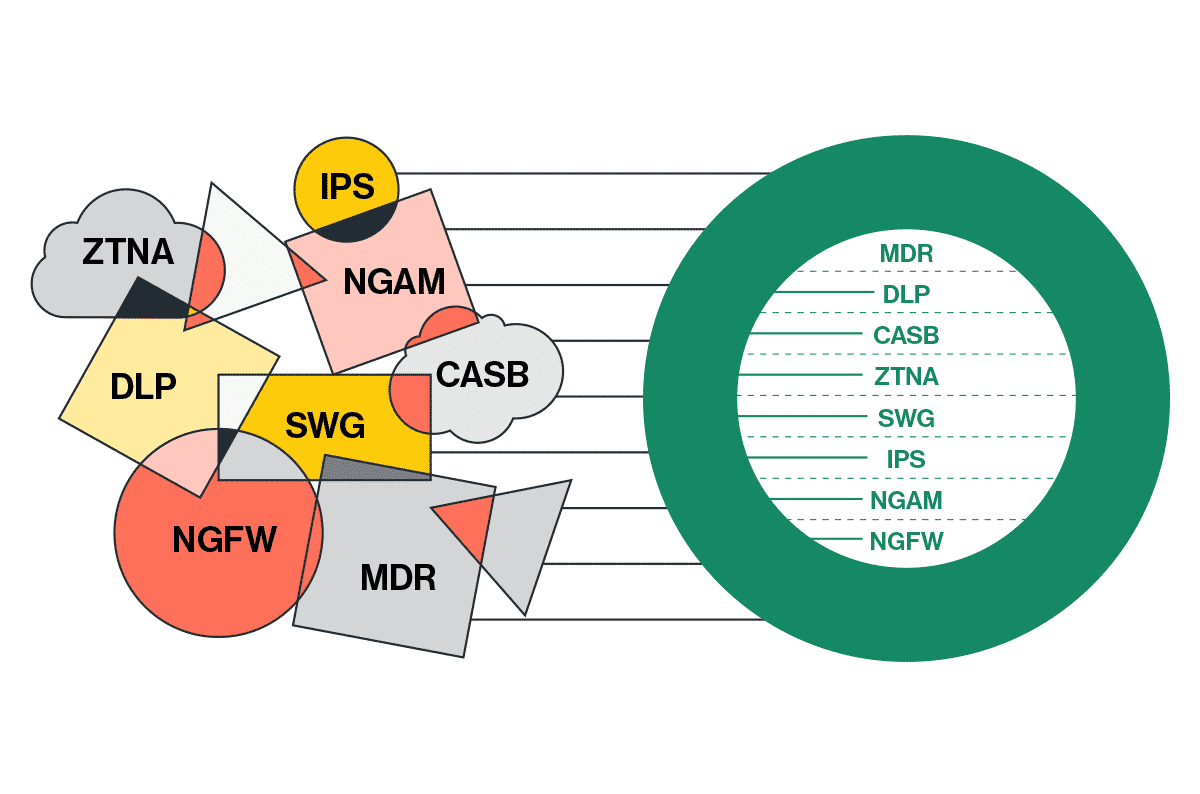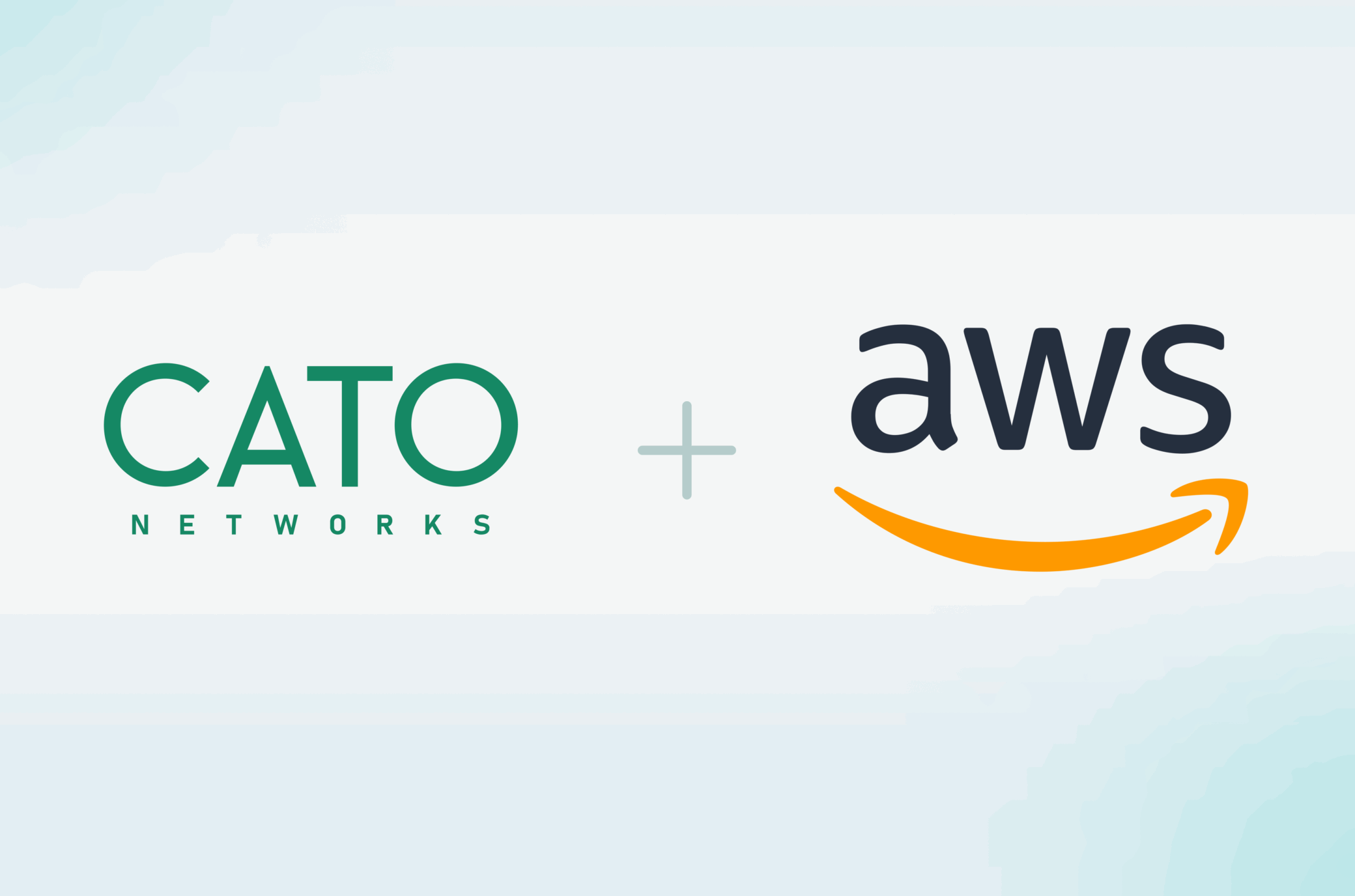Security Convergence in the Cloud: Protect More, Worry Less

|
Listen to post:
Getting your Trinity Audio player ready...
|
Many organizations struggle with an array of security point products that create security gaps, alert overload, and inconsistent policy configuration and enforcement challenges. As a result, many companies realize the benefit of moving toward an enhanced security platform that combines multiple security technologies into a single solution.
There are two approaches to achieve this:
- Integration: The security platform is built by connecting together several existing solutions to achieve the desired functionality.
- Convergence: The security platform is built from the ground up, with a single software stack that natively integrates all of the desired security functionality.
Convergence and integration can both be used to build a security platform. However, the two approaches work very differently and produce different results.
Where Security Integration Falls Short
Integration is a common approach to building security platforms because a vendor may already have the required pieces in its product suite. By cobbling them together into a single offering, they build something that appears to solve the problems that companies face.
However, security platforms developed via integration have several common flaws, including:
- Policy Mismatches: Individual security tools are designed to solve specific problems. By definition, policy mismatches can exist between these tools in an integrated security platform, so they may not work properly.
- Blind Spots: Individual security tools don’t view traffic flow in the same context, so a security incident captured by one tool may not trigger on another tool. Further, these tools do not effectively share a similar context of traffic flow. This causes coverage blind sports which leave organizations exposed and at risk for cyber attacks.
- Decreased Efficiency: Integrated security tools are built of solutions with a defined set of features. Cobbling multiple tools together may create inefficiencies where multiple tools perform the same function.
- False Alarms: Context is essential to differentiate between true threats and false positives. An array of tools that all look at threats independently and then share information may generate false positives that a holistic platform would not.
- Interoperability Challenges: Existing tools have different code bases and policy constructs that may create challenges when trying to integrate multiple tools. These challenges can impact security coverage, security enforcement consistency, and architecture scalability, just to name a few.
Integration can build an all-in-one security solution. However, these platforms are much more likely to have significant issues that won’t exist in a converged solution.
Cloud-Native Convergence is the Key to Improved Security
Cloud migration has a significant impact on corporate IT architecture and security. Organizations need to implement effective cloud security solutions to ensure robust security measures. Cloud adoption increases the distribution and scalability of IT infrastructure and makes IT environments more complex. As a result, it is more difficult to secure these environments, especially when users are distributed as well. So, security convergence is essential for security teams to keep pace with their responsibilities.
Achieving Zero Trust Maturity with Cato SSE 360 | Download the White PaperAs corporate IT architecture expands to the cloud, an on-prem, perimeter-focused security architecture no longer makes sense. Optimizing network performance without compromising security requires moving security to where users and IT assets are: The cloud. Corporate systems hosted in the cloud take advantage of cloud scalability, which also places strain on their security infrastructure. As a result, corporate security must be not only cloud-delivered but cloud-native. This allows security to scale with the growth of the business.
Corporate environments are changing rapidly, and these changes make security more complex. Converged, cloud-native solutions are the key to improving the security of all aspects of an organization’s IT architecture.
Security Convergence with Cato SSE 360
Cato has long been committed to improving security through cloud-native convergence. Cato’s SASE Cloud and SSE 360 are cloud-native solutions that offer a range of converged security functions, including Cloud Access Security Broker (CASB), Cloud Secure Web Gateway (SWG), Firewall-as-a-Service (FWaaS), Intrusion Prevention Systems (IPS), and Zero-Trust Network Access (ZTNA).
Cato SSE 360’s converged security offers a range of benefits for organizations, including:
- Improved Security Collaboration: As a converged security solution, Cato SSE 360’s security functions were designed to operate collectively. This means better collaboration between security technologies, which leads to tighter security coverage and improved outcomes.
- Context Sharing: Different security technologies offer different insights for threat detection and classification. A converged security solution like Cato SSE 360 can share context more effectively because each technology has the same context, captured from the same traffic flow. This dramatically improves threat detection and response.
- Faster Threat Response: Security convergence improves the quality of security data and enables SOC analysts to investigate and respond to incidents from a single solution. As a result, they can more quickly identify and remediate potential threats.
- Reduced Blind Spots: Cato SSE 360 was designed as a single, converged security software stack from the beginning. This dramatically reduces blind spots when compared to solutions built from several integrated, standalone products.
- More Efficient Operations: A converged security solution is more efficient because it eliminates redundant technologies. Additionally, it makes security operations centers (SOCs) more efficient by providing fewer, higher-quality alerts and enabling SOC analysts to more efficiently analyze and respond to potential threats.
- 360-Degree Security Coverage: Cato SSE 360 offers 360-degree security visibility and coverage.
- Configurable Security: As a Security-as-a-Service (SECaaS) solution, Cato SSE 360 provides the right amount of security when an organization needs it. Cloud scalability enables rapid expansion to address increase in capacity requirements as the company grows.
Defending the Modern Enterprise with Cato SSE 360
Cato SSE 360 protects the modern enterprise from cyber threats by offering the most comprehensive network security solution in a converged, cloud-native architecture. To learn more about how Cato SSE 360 can help improve your organization’s security, sign up for a free demo today.














